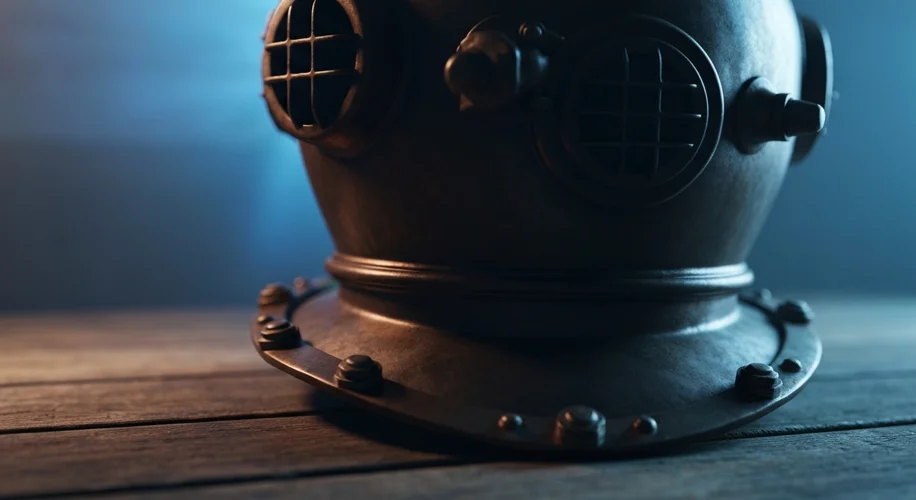It’s been a tough couple of years, and for many of us, the story of the Titan submersible was incredibly sobering. News reports have recently highlighted findings from a US Coast Guard investigation into the tragedy, and it’s been a stark reminder of how crucial safety and diligence are, especially when pushing boundaries.
What’s really stuck with me from reading about this is the idea that sometimes, even with the best intentions or the most exciting goals, overlooking essential steps can have devastating consequences. The reports suggest that critical safety procedures were not followed, and warnings were apparently ignored by the company that built the submersible.
This isn’t about pointing fingers, but it’s a real-world example of what happens when corners are cut. We’re seeing terms like ‘negligence’ and ‘critically flawed’ safety practices being used, which paints a pretty clear picture. It seems like the emphasis on innovation or the drive to reach a goal might have overshadowed the fundamental importance of ensuring every single safety measure was not just met, but exceeded.
As an artist, I often work with materials and processes that require careful handling. Whether it’s mixing paints, setting up a kiln, or even just managing my workspace to avoid accidents, there’s always a process. If I just decided to skip steps because I thought I knew better, or because it seemed like too much effort, the results could be messy, or worse, dangerous. It’s easy to get caught up in the excitement of creating something new, but that excitement needs to be grounded in a solid understanding of the risks and the necessary precautions.
This situation with the Titan submersible really drives home that same principle. When you’re dealing with something as powerful and unpredictable as the deep ocean, or even something as seemingly simple as a new art technique, the established safety protocols are there for a reason. They’re often born from learning from past mistakes, sometimes very serious ones.
The reports mentioned that the company faced scrutiny for its safety procedures and that there were concerns raised by experts in the field that were reportedly not adequately addressed. It makes you think about the responsibility that comes with developing and operating complex machinery, or really, with any endeavor that carries inherent risks.
It’s a hard lesson, for sure. But perhaps one we can all take something away from. It’s a reminder to respect the process, to listen to expert advice, and to never, ever underestimate the importance of safety, no matter how exciting the journey ahead might seem.

